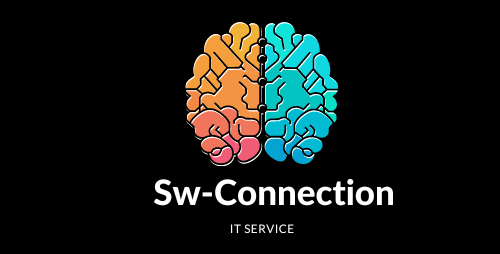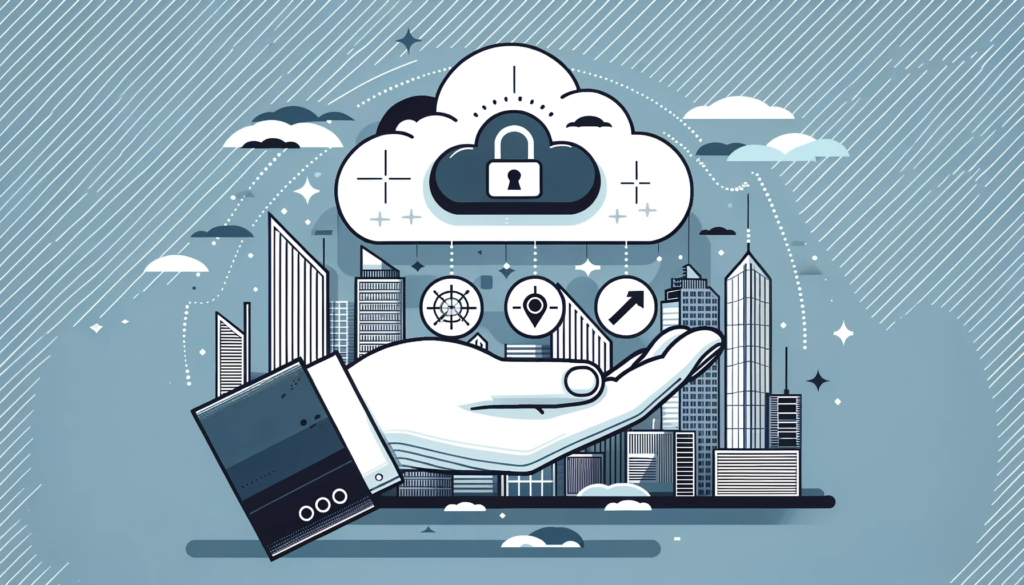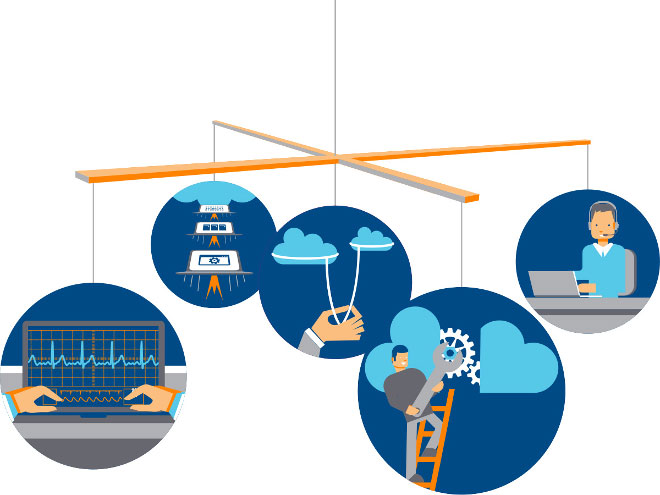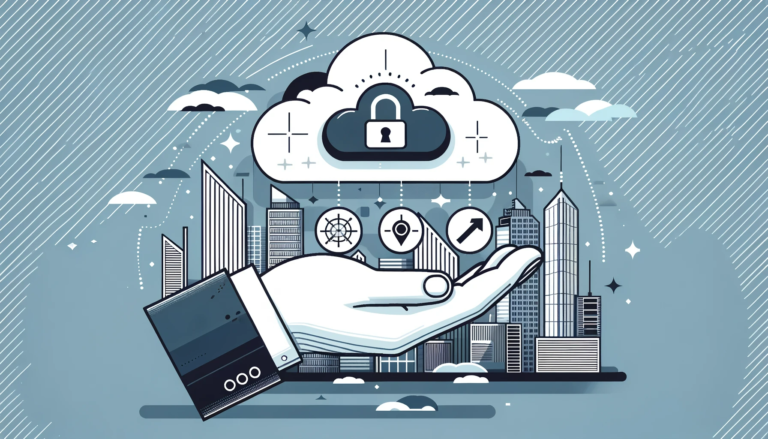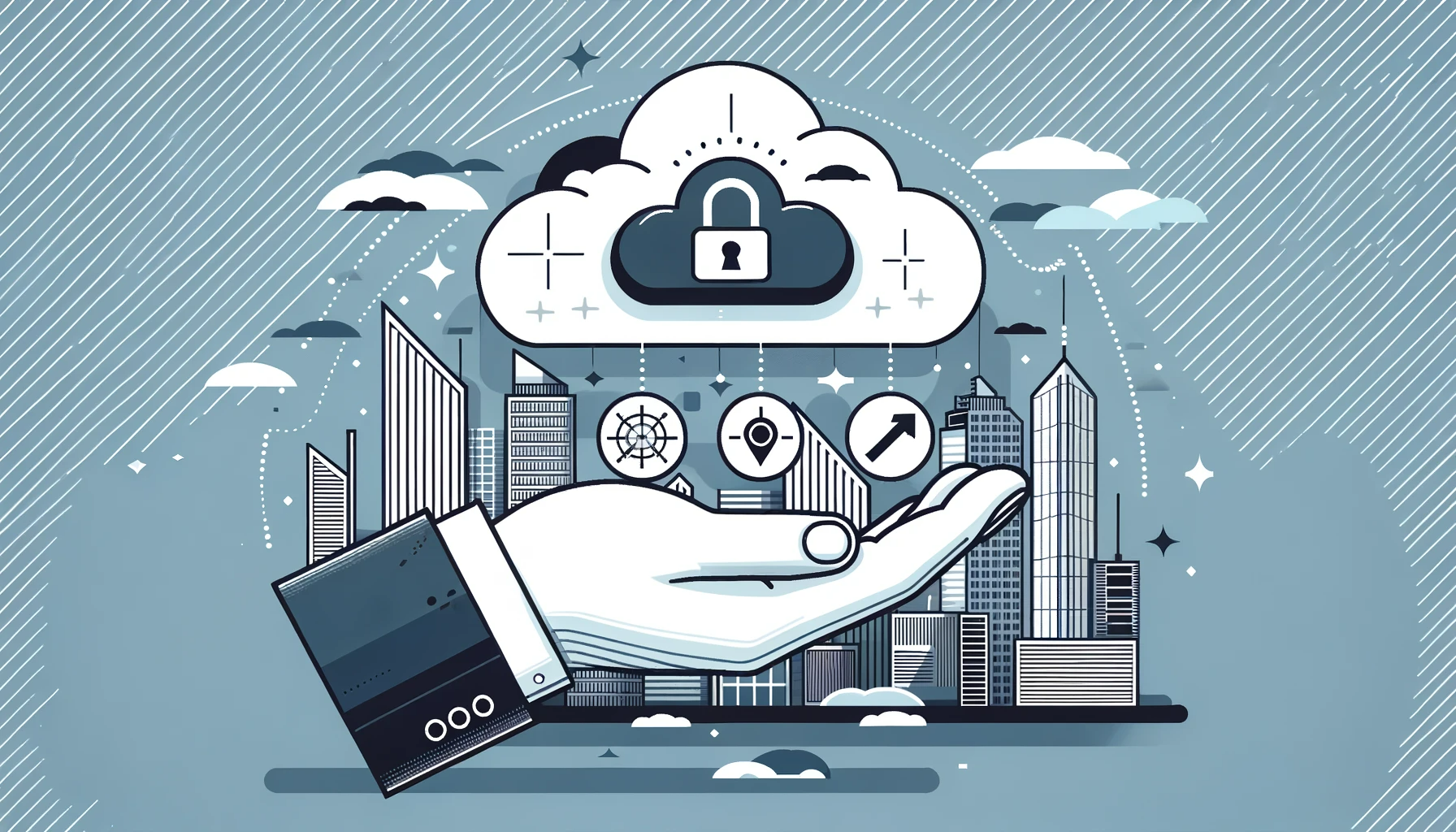
The Evolving Landscape of Managed IT Support: Trends to Watch
In Information Technology (IT), the landscape of managed IT support is undergoing a profound transformation. As businesses increasingly rely on technology for their operations, the demand for efficient and proactive IT support and managed services Virginia Beach has never been more critical. Let’s explore the trends that are shaping the evolution of managed IT support, offering businesses a glimpse into the future.
1. Cloud-Centric Solutions: Reshaping IT Infrastructure
The adoption of cloud-centric solutions is a defining trend in the realm of managed IT support. Businesses are moving away from traditional on-premise infrastructure to leverage the flexibility, scalability, and accessibility offered by cloud computing. Managed service providers are at the forefront, offering seamless integration, robust security measures, and real-time monitoring of cloud-based systems. As businesses seek to optimize costs and enhance performance, the shift towards cloud-centric IT support is becoming increasingly pronounced.
2. Proactive Cybersecurity Measures: Guarding Against Threats
With the surge in cyber threats, cybersecurity has transitioned from a reactive approach to a proactive stance. Managed IT support is now placing a strong emphasis on preemptive cybersecurity measures. This includes advanced threat detection, continuous monitoring, and regular security audits. Businesses are no longer satisfied with mere incident response; they are demanding comprehensive cybersecurity strategies that safeguard their data and systems from evolving cyber threats.
3. Artificial Intelligence in IT Support: Enhancing Efficiency
Artificial Intelligence (AI) is making significant inroads into the realm of managed IT support, revolutionizing how issues are detected, diagnosed, and resolved. AI-powered tools and algorithms are enabling predictive maintenance, reducing downtime, and automating routine tasks. This not only enhances the efficiency of IT support but also allows businesses to focus on strategic initiatives rather than routine troubleshooting. The integration of AI is a trend to watch, promising a more intelligent and responsive IT support landscape.
4. Remote Workforce Support: Adapting to the New Normal
The paradigm shift towards remote work has reshaped the demands on managed services Virginia. With dispersed workforces becoming the norm, IT support providers are adapting their strategies to ensure seamless remote operations. This includes robust virtual private network (VPN) solutions, secure access protocols, and enhanced collaboration tools. The ability to provide effective support to a geographically dispersed workforce is a trend that will continue to evolve as remote work cements its place in the modern work environment.
5. Customized Service Models: Meeting Unique Business Needs
One-size-fits-all approaches are giving way to customized service models in managed IT support. Businesses have diverse IT requirements, and service providers are recognizing the importance of tailoring solutions to meet these unique needs. Whether it’s scalable pricing models, specialized support for industry-specific applications, or personalized service level agreements (SLAs), the trend is towards flexibility and adaptability in delivering IT support services.
Conclusion: Navigating the Future of IT Support
As we witness the evolving landscape of managed IT support, the trends of cloud-centric solutions, proactive cybersecurity measures, AI integration, remote workforce support, and customized service models are shaping a new era. Businesses must stay attuned to these trends to ensure their IT support strategies align with the demands of the modern digital landscape.
The future of managed IT support lies in agility, innovation, and a proactive approach to addressing the ever-changing needs of businesses. As technology continues to advance, businesses that leverage these emerging trends will not only ensure the resilience of their IT infrastructure but will also position themselves for success in an increasingly digital-centric business landscape. The journey towards the future of IT support has begun, and those who embrace these trends are destined to navigate it successfully.…
